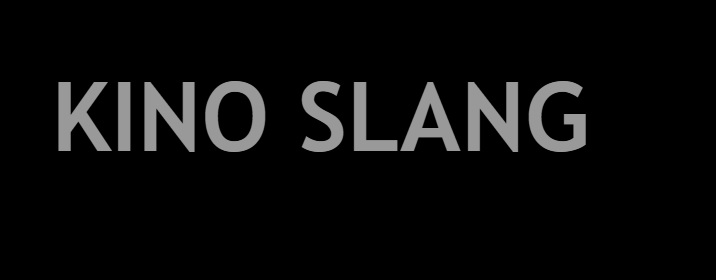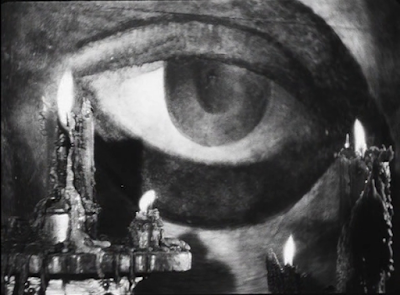Rivette on Judex (1963, Georges Franju)
*
JUDEX
Or the return to sources: it is, more than ever, the shot, the image that is guiding the film; it’s its logic that is in charge of the events. That is, any remark is in vain that doesn’t first take this into account: white and black, their nuances, their contrasts, their interplay and conflicts: this is the subject matter of Judex — but without referent, or reference, to some ‘beyond’, or abstract signification, within their appearances alone, and those by which they dress things up. Of those obscure silhouettes clinging to the length of a wall bathed by Kleig lights, there is nothing to infer, except to contemplate their inexorable ascent; of those human-birds, metaphysical-nothing, except to follow the ritual of an unknown ceremony, whose order is precisely (as we see it, as we go along) to open itself up by a pent-up pigeon, and to end in death: this is true, then false, but true resurrection, as Edith Scob, as it so happens [“au fil de l’eau”], is a real dead girl and a fake drowned one, then the opposite.
Nothing but appearances, but all in the same movement as their emergence, their birth, their invention: secret of the origin of the cinema, that exists here as though it were, from now on, no longer referring to a secret. But at the same time, our astonishment before it: Franju is at once the one who, through science, rediscovers the secret, and the modern one who knows it’s lost — and, astonishing himself with his power, keeping watch over the secret, affirming it, at last, beyond all doubt.
Jacques Rivette
Cahiers du cinéma,
Cahiers du cinéma,
no. 154, April 1964
This English translation, made in 2008 by Craig Keller, first appeared in the booklet of the Eureka/Masters of Cinema DVD edition of Georges Franju's Judex (1963) and Nuits Rouges (1973). Many thanks to Keller for his kind permission to publish it here.






